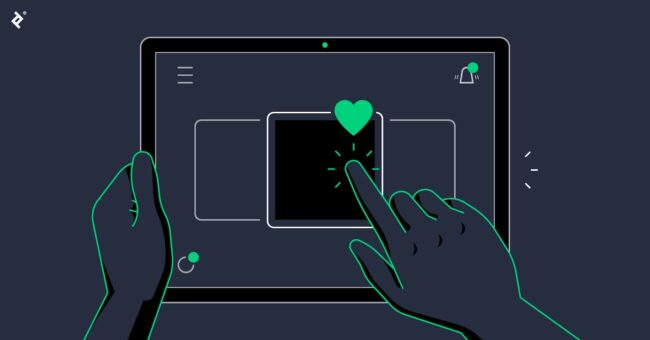UX designers have realized the power of animations and micro-interactions in enhancing the user experience. Animations and micro-interactions add depth and interest to static websites or mobile apps, leading to increased user engagement and conversion rates.
Micro-interactions are the tiny moments of interaction between the user and a product. For example, a button changing color on hover, a “like” animation when a user clicks a heart button, or an animated feedback when a form is submitted. These little moments not only add delight and personality to the experience, but also help to inform and guide the user’s actions.
Animations, on the other hand, can help users better understand how an interface works or a process is being completed. For instance, when an email is being sent, an animation of the envelope being filled and flying to its destination can provide visual feedback to the user and reassure them that their email has been sent.
Here are some ways animations and micro-interactions can benefit your UX:
- Make the interface intuitive
Animations can indicate the cause-and-effect relationship between the user’s action and the system response. For instance, when a user presses a button, a small animation can signify that the action was successfully carried out. - Keep users engaged
Animations and micro-interactions can create delight and interest, keeping users on the site or app longer. A well-designed animation or micro-interaction can also enhance a product’s personality, which can lead to users sharing the experience on social media. - Improve conversion rates
Subtle micro-interactions such as feedback after form submission can instill confidence in users, making them more likely to complete a purchase or sign-up form.
However, too much animation can also harm the UX. Overly flashy or busy animations can distract the user and slow down page load times, leading to a negative experience. A successful design approach should find a balance between animation, function and speed.
In summary, animations and micro-interactions can significantly enhance the user experience when used correctly. They add personality, interactivity and visual interest to otherwise static interfaces. By understanding their importance, UX designers can deliver engaging and delightful products.




